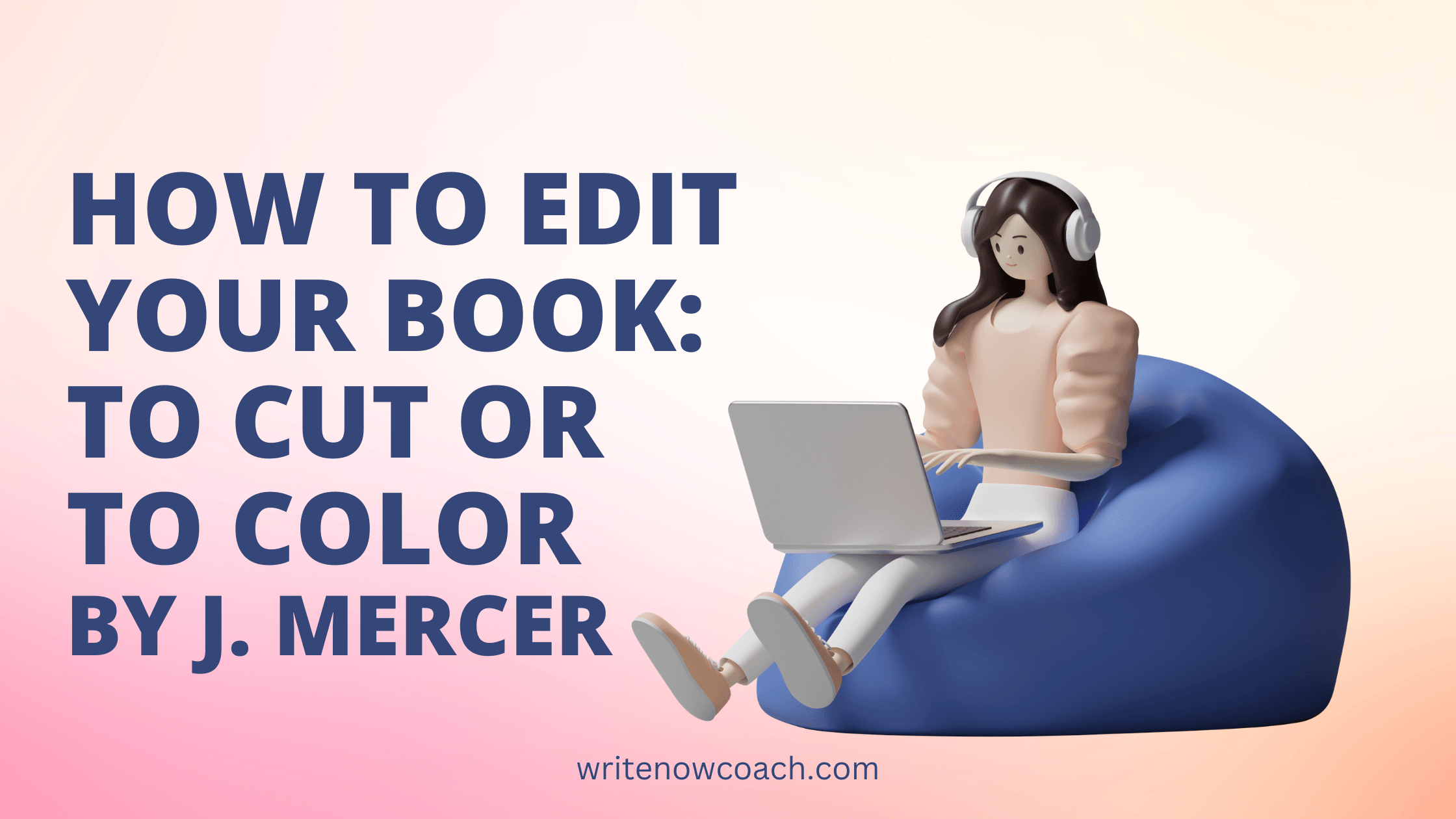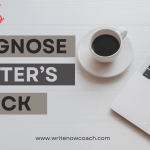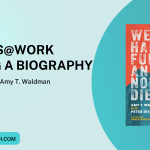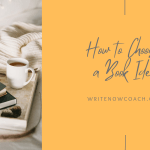How to Edit Your Novel
January 17, 2022
Note From Rochelle
Dear Writers,
Do you need someone to check in with about your writing?
Consider joining my Writing Accountability Group. This is an amazing way to stay committed to your writing and learn more about you and your writing life and style: https://writenowcoach.com/writing-accountability-group/
I’m also participating in a cool summit. Whether you’re looking to turn an idea into a storyline, make the story flow or devise a subplot, Be A Bestseller 4.0: Write Your Novel With Confidence has something for you. The class runs from 16-27 January 2023 and it’s totally free. You can sign up here: https://masterclass.beabestseller.net/Rochelle
As I’ve been revising my novel, I’ve asked my friends how they do it. J. Mercer was kind enough to write a post about it—and it’s so helpful. Read on to learn her tips.
Happy writing,
Rochelle, the Write Now! Coach
How to Edit Your Novel:
To Cut or to Color
by J. Mercer
If I had to simplify the concept of editing into its most basic function, it would be to focus on need. What is necessary? This can be applied at every turn, applicable to the overall picture (what does this setting or character add that no other setting or character can do?), the middle (is this scene change necessary or does it fracture my flow?), and the end, when you’re agonizing over lines and words.
That being said, we, as writers, are constantly pushing ourselves to dig deeper and build more. The two feel, at times, contradictory. Stick to what I need, but build up and flesh out to make a pretty picture? Where’s the right balance of those two things, and how do we know it when we see it? How do we know when to cut and when to color? Because the color most certainly adds life, but too much that we don’t need, and we’ll lose the reader.
What’s important to remember is that need isn’t bare bones. A book needs complications, life, and layers as much as it needs basic cause and effect. So how do we break this down? What, overall, does a story need? Here are some fundamental questions every writer can keep in mind during the self-editing process to help you find the right balance:
ONE: Do I have a linked PLOT (cause and effect) that moves the story?
What do I mean by a linked plot? I mean that your character needs to drive things forward, that every time something happens, or someone does something, we as the author need to keep track of the dominos that would fall, rather than forgetting to address them.
- For example, CUT if you have more subplots than you can keep track of and wrap up in a satisfying way.
- COLOR if you have too few subplots that your story is short or lacks complication.
TWO: Does my main character have AGENCY?
Character agency means that your protagonist is making decisions that affect the plot, rather than the plot simply “happening” to them. A plot creates external momentum for your story, but character agency pushes momentum from the inside as well. In order for a character to have agency, they need motivation and a goal. They must care about something and have a belief framework that originated in their backstory which may or may not be true (which they can explore during the course of the story). Your character, what they want, and how they try to achieve it—all of this comes together to create emotion, without which, you won’t hold a reader for very long.
- CUT if you have too many characters existing for only one purpose. Think hard about combining two of three of them. This might feel like cutting your own heart out, but often a character that’s on the page for more than one reason comes across deeper and more compelling than if they’re only there to fill a role.
- COLOR if your character doesn’t know what they want or if they aren’t making any decisions for themselves. If another character is making decisions in order to propel the story forward, maybe it’s their story we should be reading.
THREE: Does my plot have enough TENSION to keep the reader engaged?
Once you have the plot working on the character, and the character working on the plot, you’ll need to throw some rocks at them. And maybe a few more. What you need here are enough threads, enough subplots, to create the appropriate amount of intrigue or complication for your age group and genre.
- CUT if every moment is tense and there’s so much conflict, keeping track of it all is confusing.
- COLOR if you’re being too nice and shying away from hurting your characters.
FOUR: Do I have enough DETAILS to add dimension to my story?
Description is needed to breathe life into your world. Specific is good. Repetitive is not. Choose your details as to how your POV would notice them. If you’re in a close first person, you can only put on the page what your character would be paying attention to. For some authors and genres, detail needs to be heavy-handed, and for others, it can be light, but no matter who you are or what you’re writing, being specific is what creates a fully immersive world.
- CUT if you have set one scene for too long without dialogue or action, particularly if, by the end of it, you’ve forgotten what your characters were doing in the first place.
- COLOR if you were thinking the reader could fill in the gaps how they wanted to without your help. They might be able to do this, but your story won’t feel like something they’re jumping into if you don’t paint a clear enough picture.
Finding Balance
Finding the right balance of what you need and what you don’t plays into tone and voice, forming your own personal writing style. This means there isn’t exactly one right way to do it. If there was, there would only be one genre and age group of book, and they’d all look and feel and read the same. That’s good news! You get to make the rules for yourself and your book, the same way you get to make up your own story. Just don’t forget to keep coming back to the question “Do I need this?” as your guide.
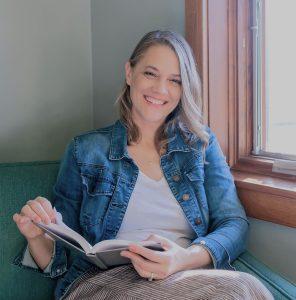 About the author. J. Mercer grew up in Wisconsin where she walked home from school with her head in a book, filled notebooks with stories in junior high, then went to college for accounting and psychology only to open a dog daycare. She now writes young adult and women’s fiction novels full time and talks editing on The Novel Ending podcast. Her novel TRIPLICITY won Moonbeam and Readers’ Favorite awards, while AFTER THEY GO and SHADY WOODS received perfect scores from the BookLife Prize, an indie arm of Publisher’s Weekly. For updates and news, you can find her on Facebook and Instagram @jmercerbooks, talking about what she’s reading and other bookish things.
About the author. J. Mercer grew up in Wisconsin where she walked home from school with her head in a book, filled notebooks with stories in junior high, then went to college for accounting and psychology only to open a dog daycare. She now writes young adult and women’s fiction novels full time and talks editing on The Novel Ending podcast. Her novel TRIPLICITY won Moonbeam and Readers’ Favorite awards, while AFTER THEY GO and SHADY WOODS received perfect scores from the BookLife Prize, an indie arm of Publisher’s Weekly. For updates and news, you can find her on Facebook and Instagram @jmercerbooks, talking about what she’s reading and other bookish things.

